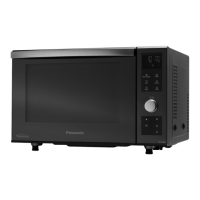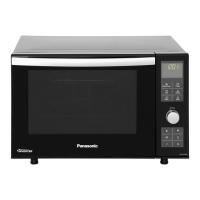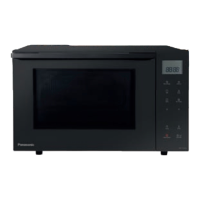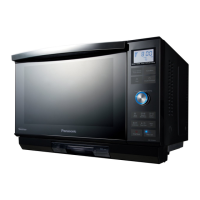60
Added water
Very water-rich vegetables such as toma-
toes, courgettes, aubergines, frozen veg-
etables for ratatouille, mushrooms, spinach,
endives, lettuce, onions, most fruits, etc.,
to which little or no water should be added,
since microwave cooking uses the water
contained in the foods naturally.
Fairly water-rich vegetables, to which
1 tbsp water per 100
g
vegetables should
be added, to create the steam which cooks
the vegetables and prevents dehydration:
caulifl ower, leeks, broccoli, brussels sprouts,
fennel, carrots, celeriac, asparagus, dwarf
beans, potatoes, cabbages, turnips, arti-
chokes, etc. Frozen vegetables add
1 - 3 tbsp of water.
Vegetables containing relatively little water
may need additional water adding to encour-
age hydration: peas, broad beans, runner
beans, French beans.
In all cases: vegetables must be cooked on
HIGH power (except for whole caulifl ow-
ers) and must not be salted before cooking,
but after. This is because the salt absorbs
the natural moisture of the vegetable and
encourages dehydration.
Where possible, cut the vegetables into
even sized pieces. It is important to place
the vegetables in an adequate sized contain-
er. Cover the container with a lid or pierced
cling fi lm. Large containers are preferable to
narrow and high ones.
Vegetables
F0003BM53BP.indd sec60F0003BM53BP.indd sec60 2017/2/17 15:02:472017/2/17 15:02:47

